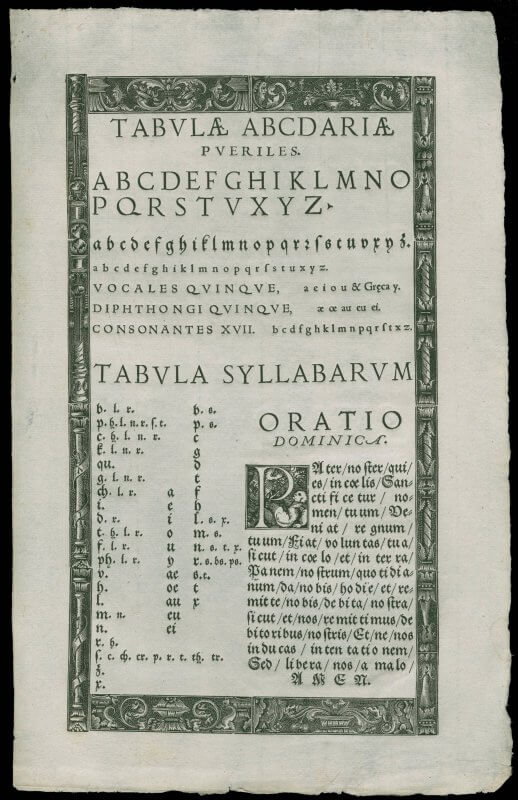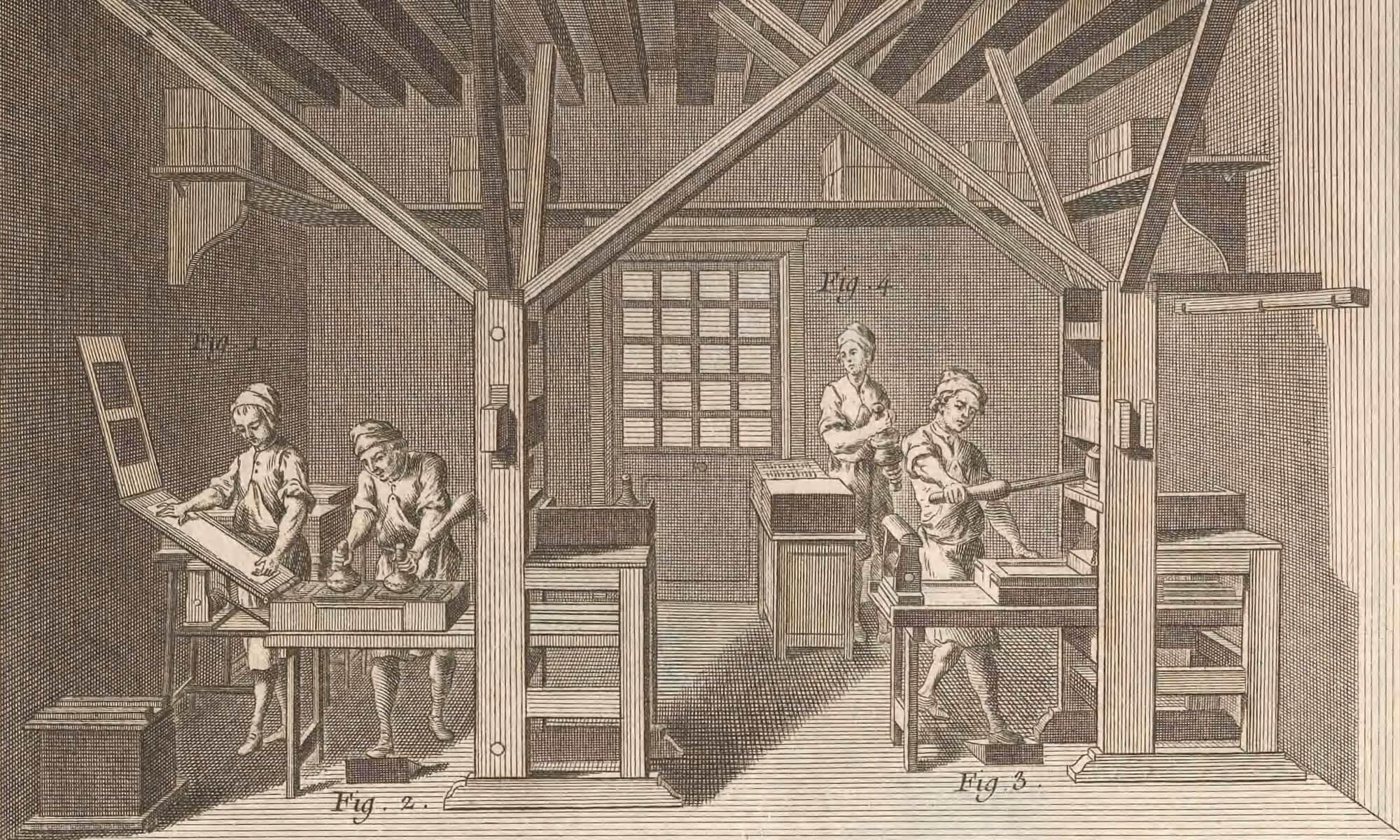Dowland, Second booke of songs, 1600 (A2r)
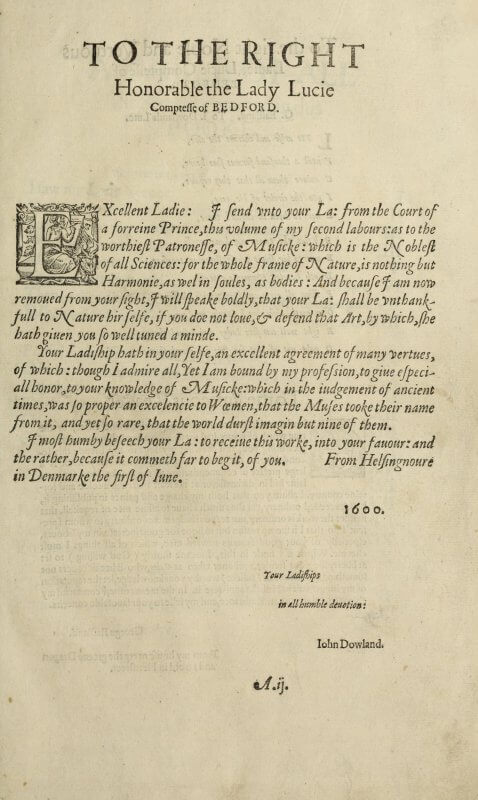
Dowland, Songes, 1597 (L1r)

Dowland, Songes, 1597 (π2r)
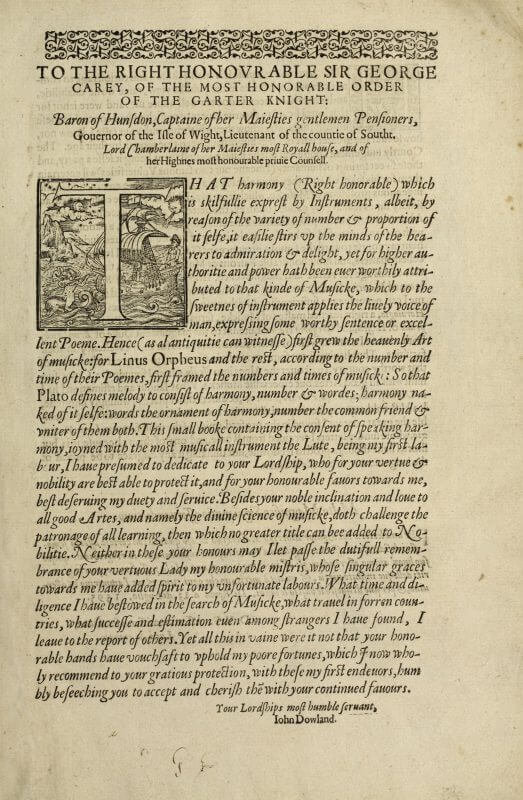
Erasmus, Novum Instrumentum, 1516 (A1r)
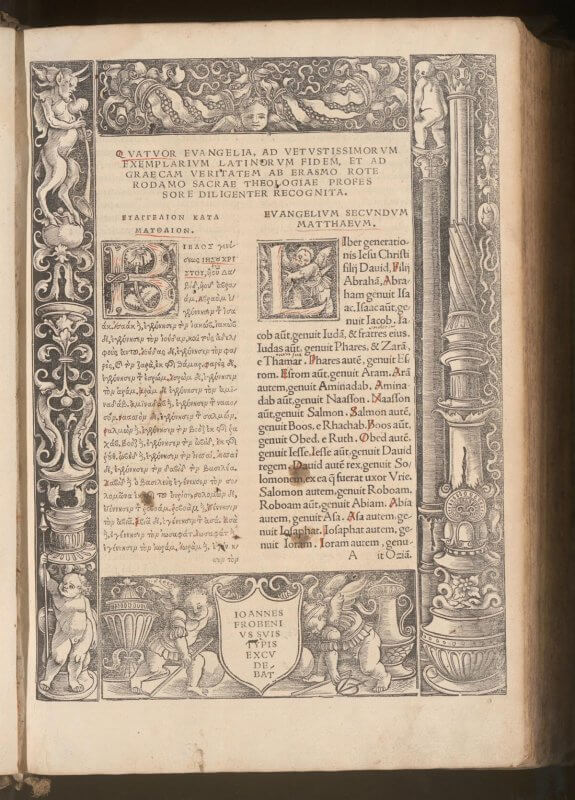
Soldini, Anima brutorum, 1776 (a8r; Getty)
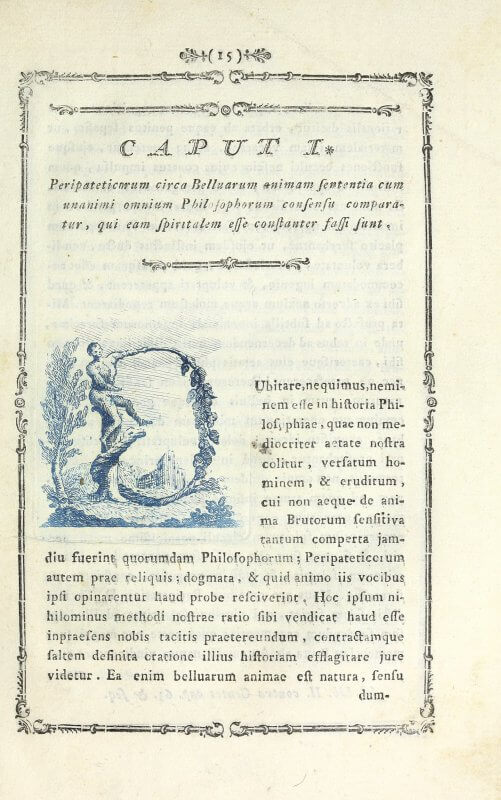
Soldini, Anima brutorum, 1776 (a8r; Smithsonian)
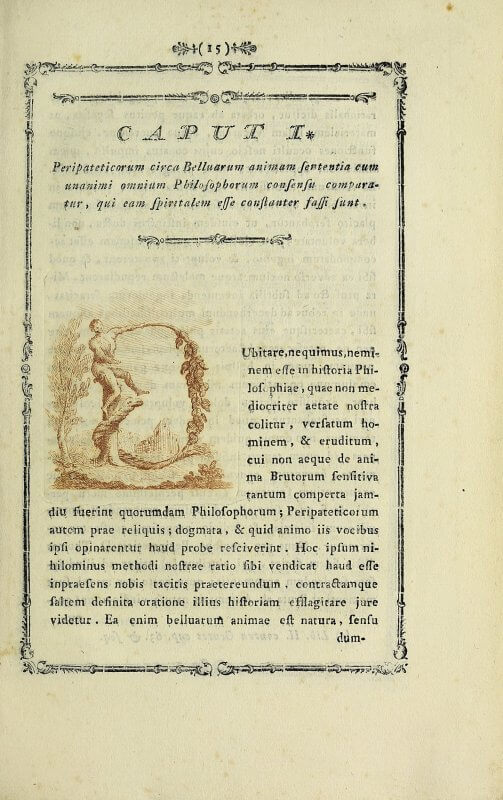
Tabulae abcdariae pueriles, 1544 (recto)
